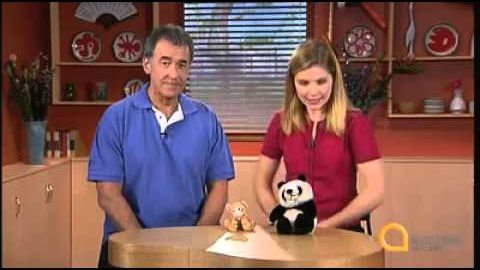
Subtitles & vocabulary
Living English - Episode 15 - A big grey one
00
baymax posted on 2016/01/18Save
Video vocabulary
massive
US /ˈmæsɪv/
・
UK /ˈmæsɪv/
- Adjective
- Very big; large; too big
- Large or imposing in scale or scope.
B1
More describe
US /dɪˈskraɪb/
・
UK /dɪ'skraɪb/
- Transitive Verb
- To tell the appearance, sound, smell of something
- To trace the outline of; to draw.
A1TOEIC
More small
US /smɔl/
・
UK /smɔ:l/
- Adjective
- Little in size; not big
- (Of letters) not written in capital letters
A1TOEIC
More Use Energy
Unlock All Vocabulary
Unlock pronunciation, explanations, and filters
